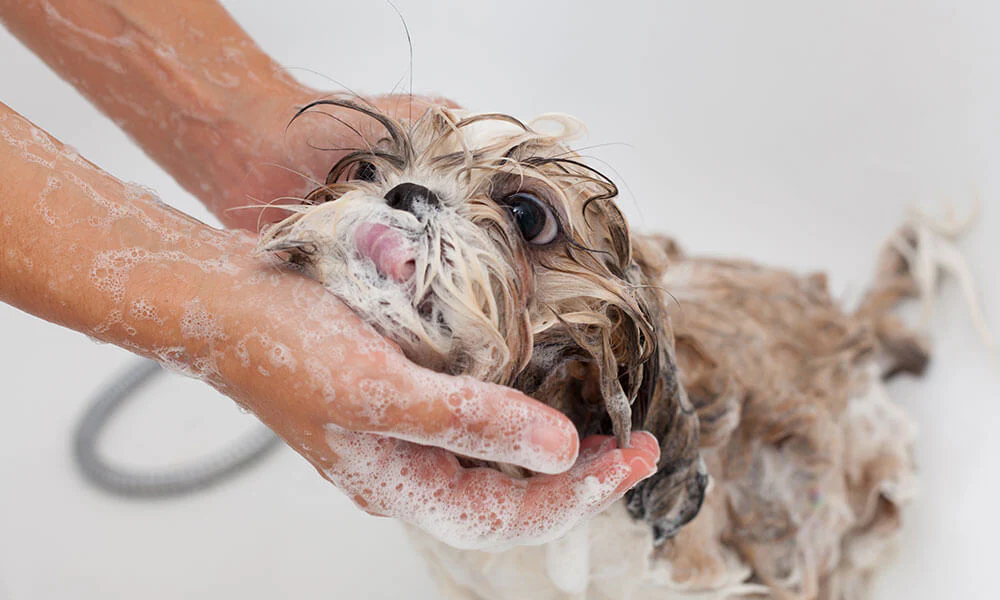Pet groomers today face unique challenges in an increasingly competitive market where client expectations continue to evolve beyond basic grooming services. As pet parents become more conscious about how their beloved companions are treated, the opportunity to differentiate your business through compassionate, ethical practices has never been greater. The intersection between professional expertise and genuine animal advocacy creates a powerful foundation for sustainable business growth in this evolving industry.
Understanding the Modern Pet Parent
Today’s pet owners view their animals as family members, not possessions. This shift dramatically changes what they expect from grooming services:
·They research grooming practices before booking appointments
·They prioritise the emotional wellbeing of their pets
·They’re willing to pay premium prices for services that align with their values
·They share both positive and negative experiences extensively online
·They seek groomers who demonstrate authentic care beyond technical skills
·They look for transparency in all aspects of the grooming process
“When we approach each animal with genuine respect and understanding of their unique personality, we create a foundation of trust that transforms the entire grooming experience,” notes a veteran Singapore pet groomer with over 15 years of experience.
Creating a Fear-Free Environment
The traditional approach to pet grooming often prioritised efficiency over emotional wellbeing. However, a compassionate approach recognises that psychological comfort is essential—not just ethically superior but practically advantageous, as relaxed animals are safer to groom.
Consider how your environment appears from the animal’s perspective:
·Are noise levels managed thoughtfully?
·Does each animal have enough personal space?
·Are restraint methods as minimal and gentle as possible?
·Do you allow time for nervous animals to acclimate?
·Is your lighting appropriate for sensitive animals?
·Have you minimised competing scents that might overwhelm sensitive noses?
“I’ve completely redesigned my grooming space to reduce stress triggers. Something as simple as playing specific calming music has reduced anxiety in approximately 70% of my canine clients,” shares a holistic pet groomer from Singapore’s east coast.
Communicating Compassionate Practices
Your approach to animal welfare should be clearly visible in all your communications, serving both as education and differentiation in the marketplace.
·Website content that explains your compassionate philosophy
·Social media posts featuring behind-the-scenes moments of gentle handling
·Client consultations that focus on the animal’s emotional needs alongside aesthetic goals
·Follow-up communications showing genuine interest in how the pet responded to the experience
·Educational materials that help clients understand normal versus concerning animal behavior during grooming
·Transparent policies regarding your handling methods and ethical standards
This communication strategy extends beyond marketing—it establishes expectations and builds trust before the animal even enters your care.
Ethical Product Choices
The products you use reflect your values and represent a significant opportunity to align with conscious consumers.
·Opt for cruelty-free, environmentally friendly grooming products
·Consider allergies and sensitivities when selecting shampoos and treatments
·Research ingredient sourcing and manufacturing ethics
· Offer options for clients with varying ethical priorities
“When I switched to exclusively using cruelty-free, plant-based products, I not only aligned with my personal values but also attracted a dedicated clientele who specifically seek groomers with similar ethical standards,” explains a Singapore-based mobile pet groomer specialising in sensitive skin conditions.
Continuing Education with Compassion
The most successful pet groomers recognise that technical skills must be complemented by emotional intelligence and species-specific knowledge. This dual approach elevates the entire grooming experience.
Essential areas for ongoing professional development include:
·Understanding of animal behaviour and stress signals
·Knowledge of positive reinforcement techniques
·Awareness of breed-specific emotional tendencies
·Ability to handle special needs pets with appropriate accommodations
· Training in recognising early signs of health issues that might appear during grooming
·Development of trauma-informed handling for rescue animals
Investing in these skills positions you as both a technical expert and a compassionate animal advocate.
Building Relationships Through Empathy
The bond between an animal and their human companion is sacred. Your role as a groomer places you within this intimate circle of trust, requiring both technical skill and emotional intelligence.
·Take time to understand each pet’s history and unique needs
·Communicate regularly with pet parents about their concerns
· Create personalised approaches for anxious or traumatised animals
· Celebrate small victories with long-term nervous clients
· Develop a detailed record system tracking each animal’s preferences
·Establish clear boundaries that respect both animal comfort and safety
When you consistently practice empathetic grooming, clients notice. The relationship transforms from transactional to partnership.
“I keep detailed notes on each animal’s preferences and progress. When a formerly terrified rescue dog finally allows me to trim their nails without stress, that’s as rewarding as any business achievement,” says a compassionate groomer from Singapore’s central district.
“The most successful groomers I know don’t just have technical excellence—they have remarkable emotional intelligence with both pets and their humans,” observes a pioneering pet wellness advocate from Singapore’s holistic animal care community.
Conclusion

Embracing compassionate grooming practices isn’t just ethically sound—it’s good business. As consumer awareness around animal welfare continues to grow, those who prioritise psychological wellbeing alongside physical grooming will naturally distinguish themselves in the marketplace.
This approach creates a positive feedback loop: animals experience less stress, pet parents feel more confident in your services, and your professional satisfaction deepens through meaningful connections. The ripple effects extend beyond your salon, contributing to a broader cultural shift in how we view and treat animals in our care.
Remember that each interaction is an opportunity to transform not only the appearance of the animal but also their experience of human care. By consistently demonstrating empathy, patience and respect, you create lasting positive associations that benefit both the animals and the pet groomers who serve them.
Transform Your Pet Grooming Business: Compassionate Practices for Modern Clients
Related posts
Recent Posts
Advertisement


